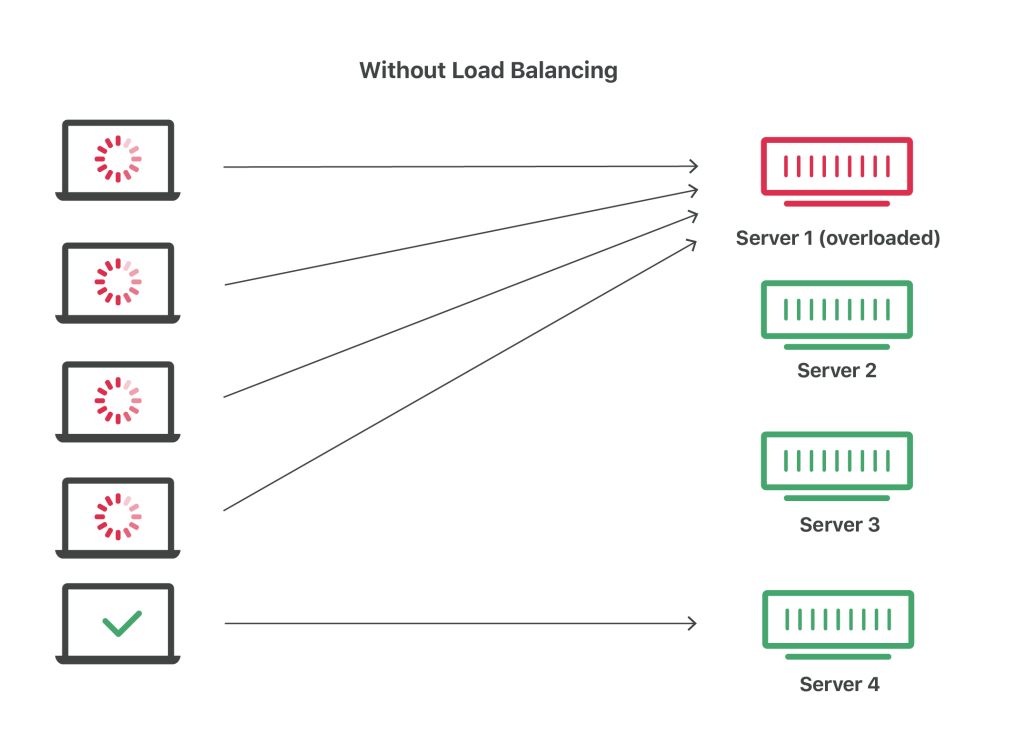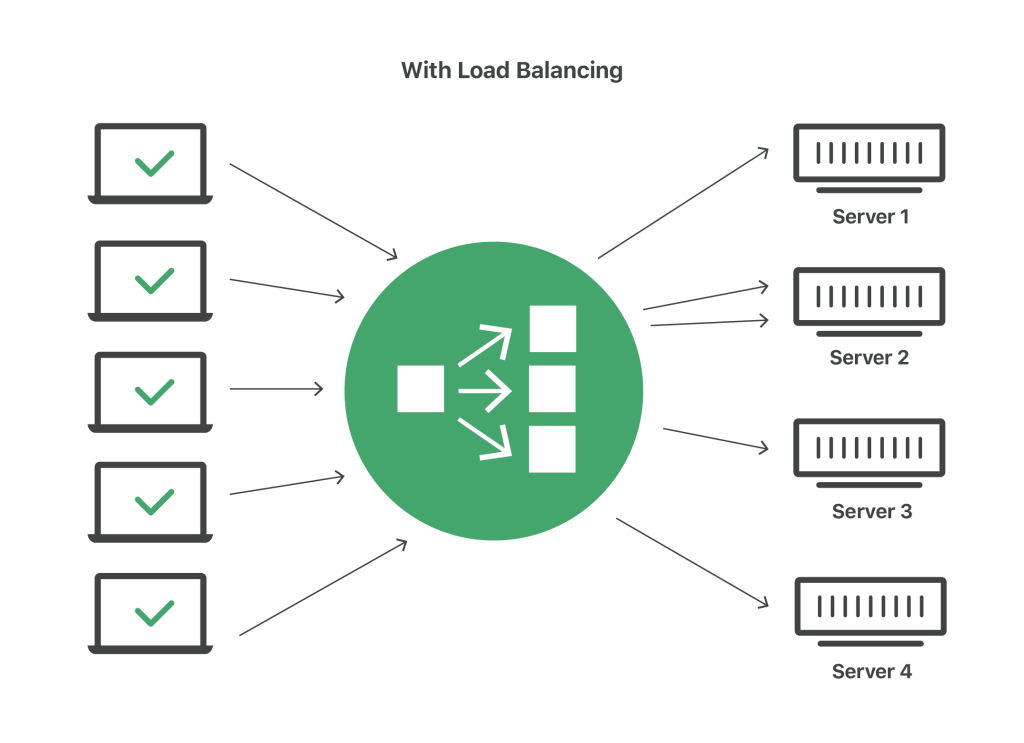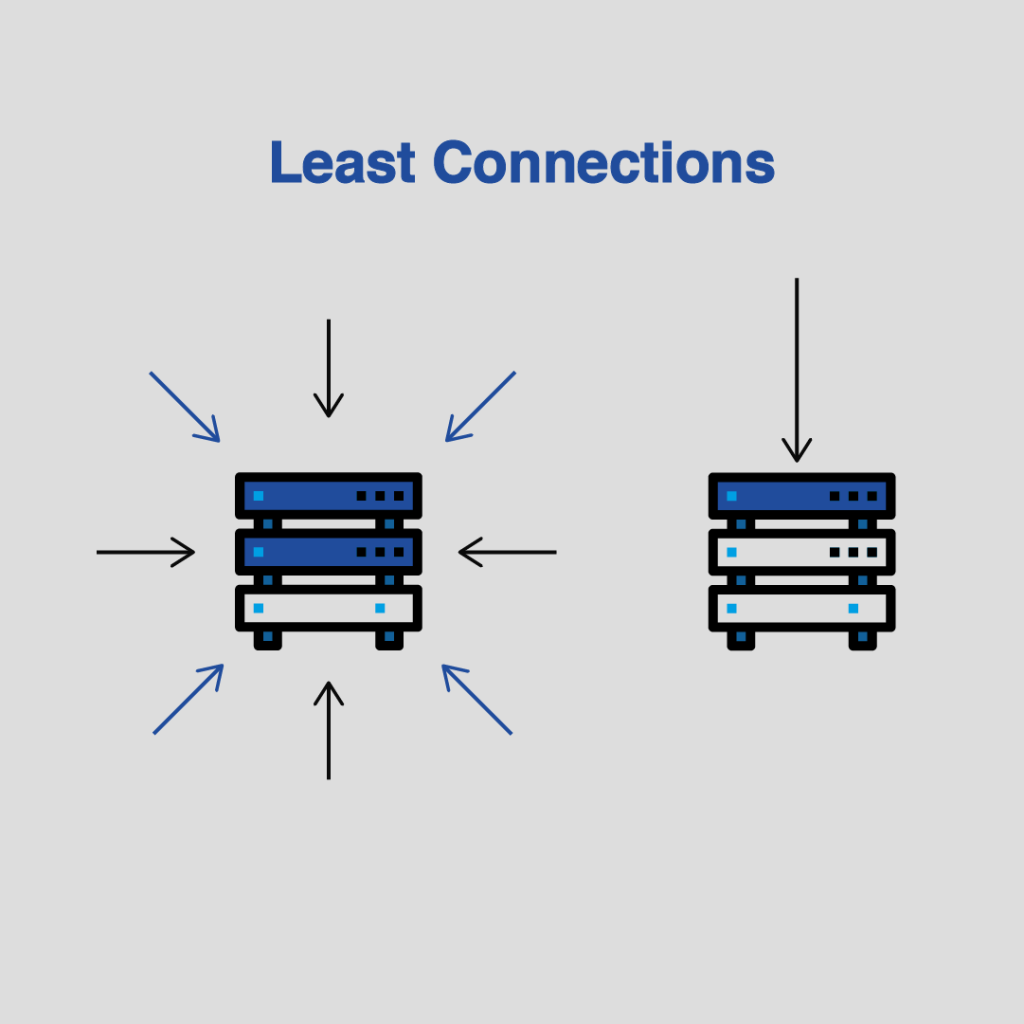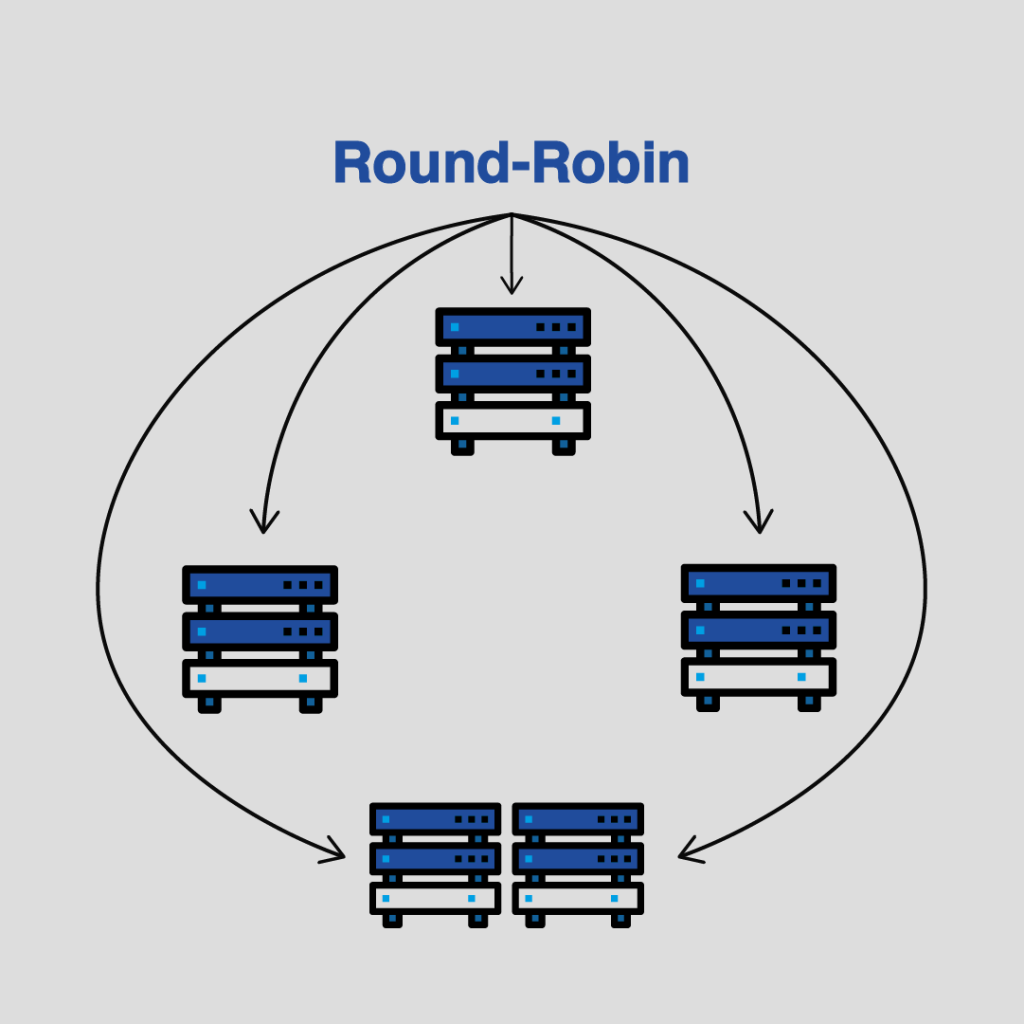High-traffic websites face a monumental challenge: handling hundreds of thousands, if not millions, of concurrent user requests.
These websites must seamlessly deliver diverse content, such as text, images, videos, and application data, with speed and unwavering reliability. Load balancing plays a crucial role in achieving this goal by distributing workloads across multiple computers.
Load Balancing common in dividing network traffic among several servers, reducing strain, and boosting efficiency.
Let’s explore how load balancing can significantly enhance online performance.
What is Load Balancing?
Imagine hundreds of users trying to access your website all at once. Your servers are working hard to serve high-quality videos, photos, text, and application data, but it’s becoming overwhelming for just one server to handle all the traffic. This leads to slow loading times, laggy performance, and unhappy users – not good for business!
That’s where Load Balancing comes to the rescue.
It’s a smart technique that distributes the incoming traffic across multiple servers, reducing the burden on any one server. By doing this, Load Balancing ensures that your website can maintain an optimal speed and responsiveness, even during peak times.
Load Balancing is like having a traffic controller for your network.
Instead of all the requests piling up on a single server, it redirects them to specific servers within a pool of servers. This prevents any one server from getting overloaded and ensures that each server gets its fair share of the workload.
There are several load balancing techniques available to balance your web servers. You can choose between hardware load balancers, which come with special hardware and software, or software load balancers that you can install on your own server.
Advantages of Load Balancing


- Improved Scalability: When your website experiences a sudden traffic spike, it can be overwhelming for a single server to handle all that load. But with Load Balancing, traffic is intelligently redirected to different servers, preventing any single server from getting bogged down. This way, you can easily manage increasing traffic without breaking a sweat.
- Reduced Downtime: Maintenance is an essential part of server management, but it often results in dreaded downtime. The good news is that Load Balancing can minimize this downtime impact. By taking one server offline for maintenance, the Load Balancer seamlessly channels traffic to other available servers, ensuring your website stays up and running smoothly without any noticeable interruption.
- Reduced Failures: Hardware or software failures can cause a server to go offline, leading to potential disruptions. Load Balancers come to the rescue yet again! They are vigilant watchdogs, promptly detecting any server failures. When a failure occurs, the Load Balancer redistributes the traffic to unaffected servers, ensuring minimal disruptions and maintaining a seamless user experience.
- Redundancy: Implementing Load Balancing introduces a valuable redundancy factor to your website. By directing web traffic to multiple servers, you create a fail-safe mechanism. If one server goes down, the Load Balancer smartly reroutes the traffic to the remaining functional servers. This way, your website stays online even if hardware failure strikes, assuring your users of a reliable browsing experience.
Methods/algorithms for load balancing
Load balancing algorithms maintain the delicate equilibrium between servers, ensuring each client request finds its rightful destination. Whether it’s the steadfast rules of static algorithms or the real-time magic of dynamic ones
Fixed Rules | Static balancing
Round-Robin Method: Think of this as a dance where servers take turns. Instead of using fancy tools, a special name server helps distribute the workload, like giving out tickets to a show.
Weighted Round-Robin Method: Servers get different scores based on how strong they are. Servers with higher scores get more work, kind of like giving more tasks to the strongest team members.
IP Hash Method: Each server has a special guest list. A clever trick turns your computer’s code into a special number, guiding it to the right server.



Real-Time Adjustments | Dynamic balancing
Least Connection Method: Imagine picking the shortest line at the store. Load balancers keep an eye on how many connections each server has. They send new visitors to the servers with the fewest connections, kind of like making sure no team member is too busy.
Weighted Least Connection Method: Not all servers can handle the same amount of work. This method sends traffic to servers that aren’t too busy, based on how much work they can handle.
Least Response Time Method: Time matters. Load balancers use this method to pick the server that’s quickest at responding to requests, making sure you get speedy service.
Resource-Based Method: Servers need breaks too. Load balancers watch how busy each server is and make sure they’re not overwhelmed with too much work.
Summary
In the high-stakes world of high-traffic websites, speed and reliability reign supreme. SUDO Consultants leads the way as the UAEs premier AWS Partner – We help businesses build architecture that has the ability to serve countless concurrent requests swiftly and accurately. Through load balancing, scalability, and caching, these businesses rise to the challenge and deliver a seamless, delightful user experience that keeps users coming back for more.

